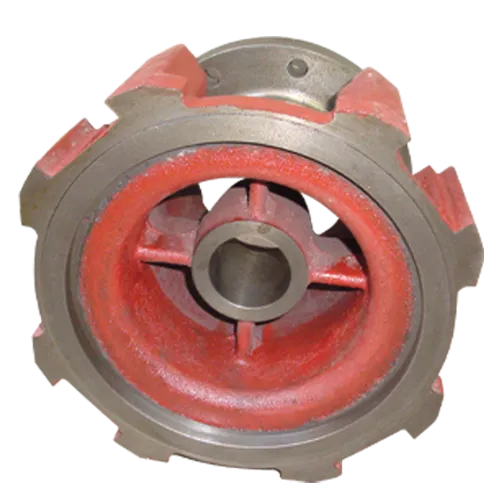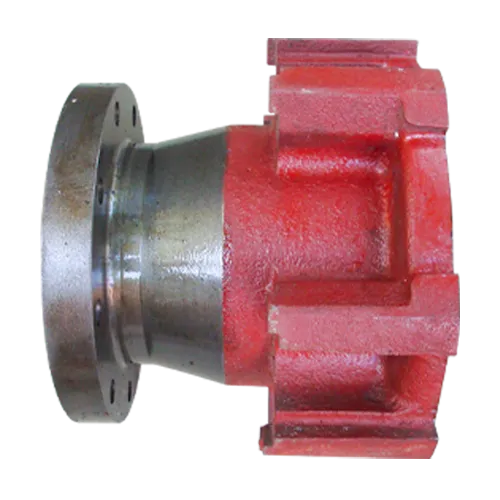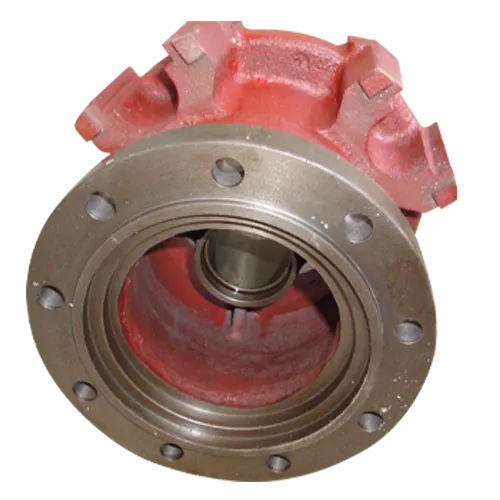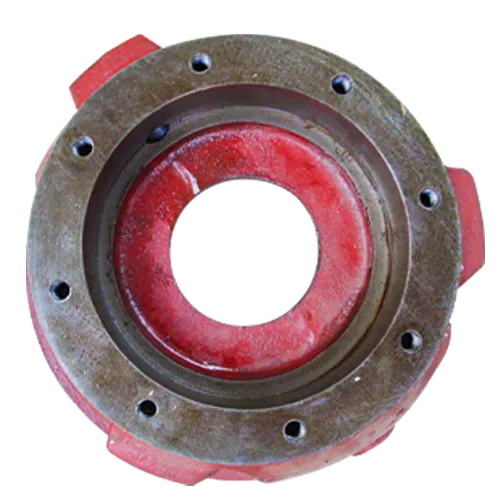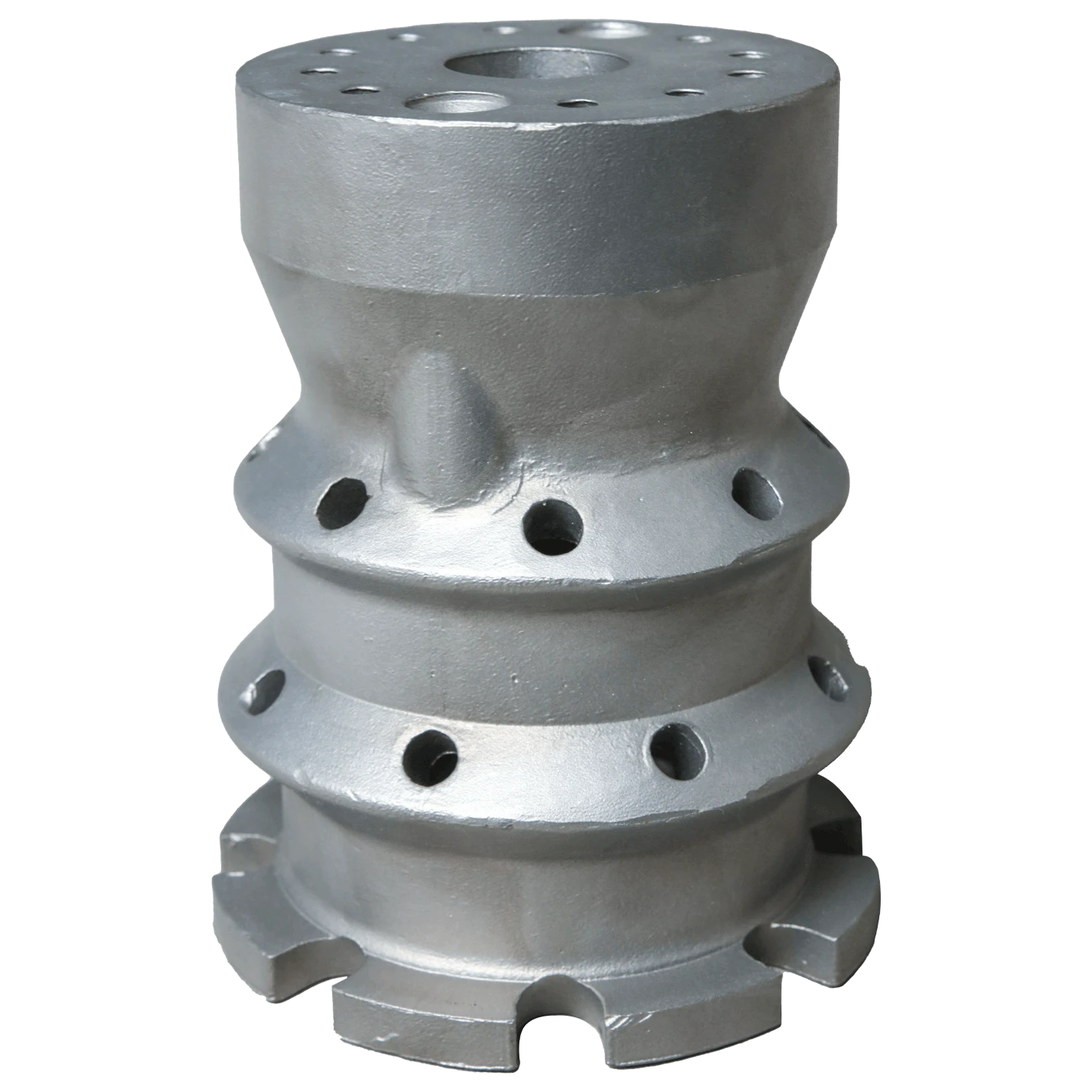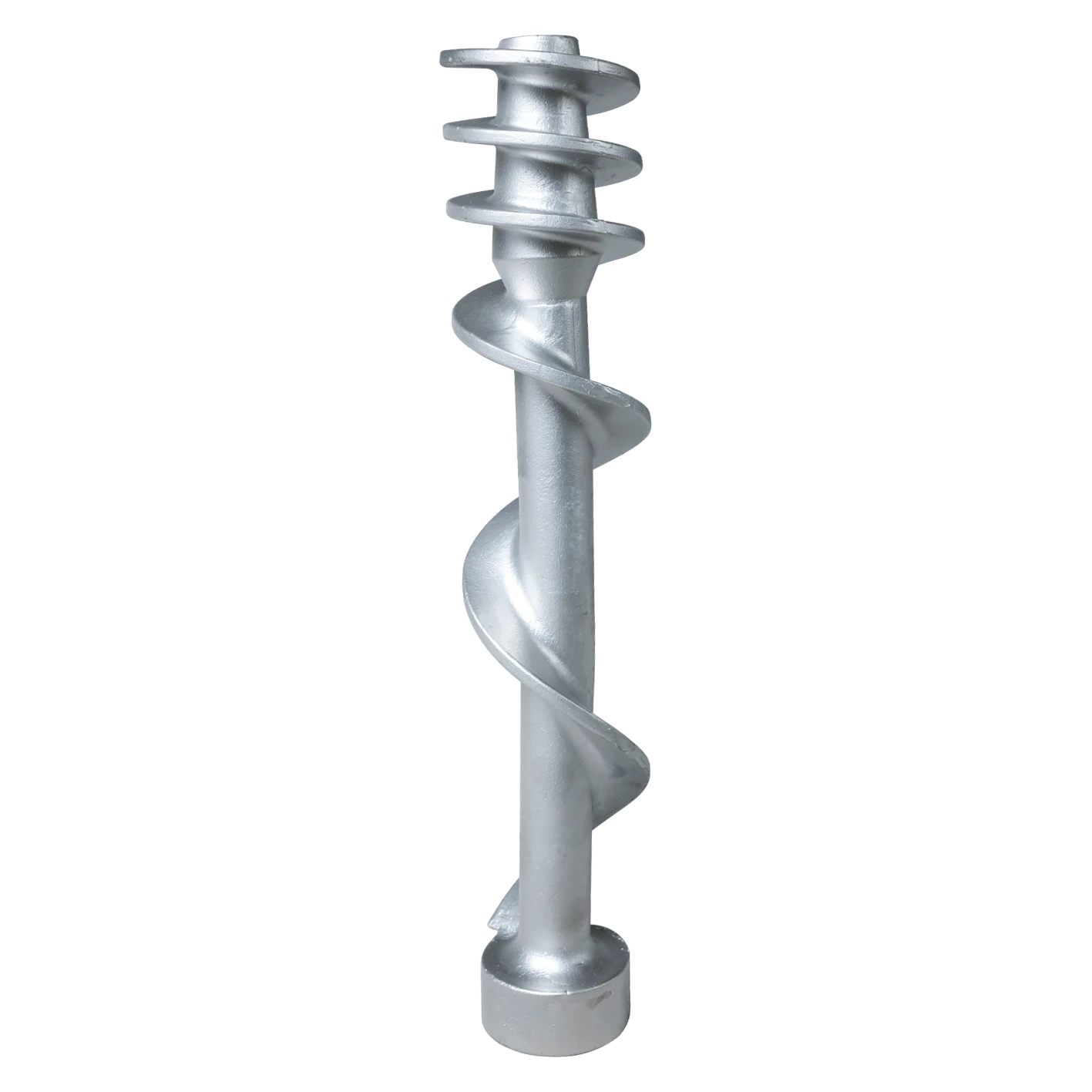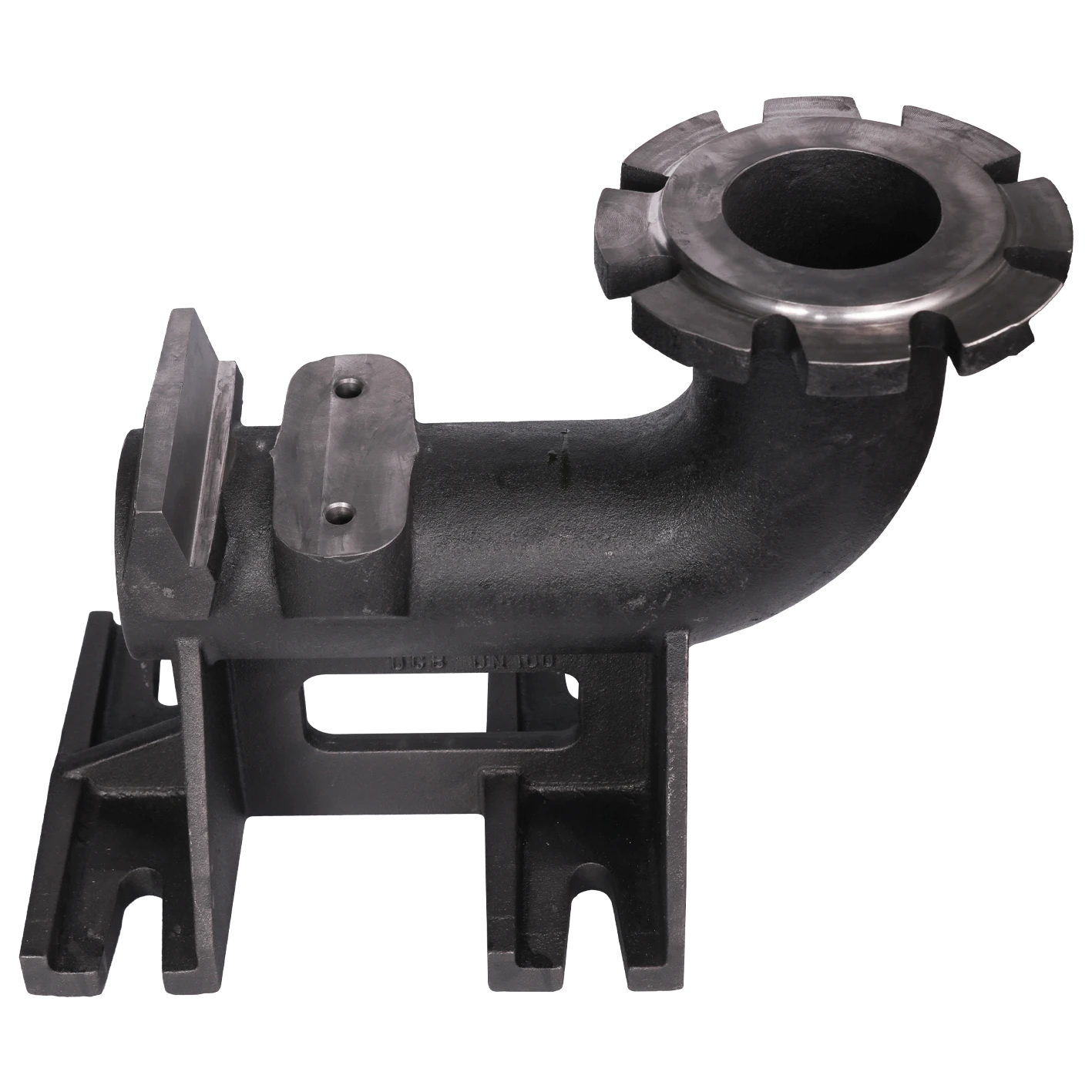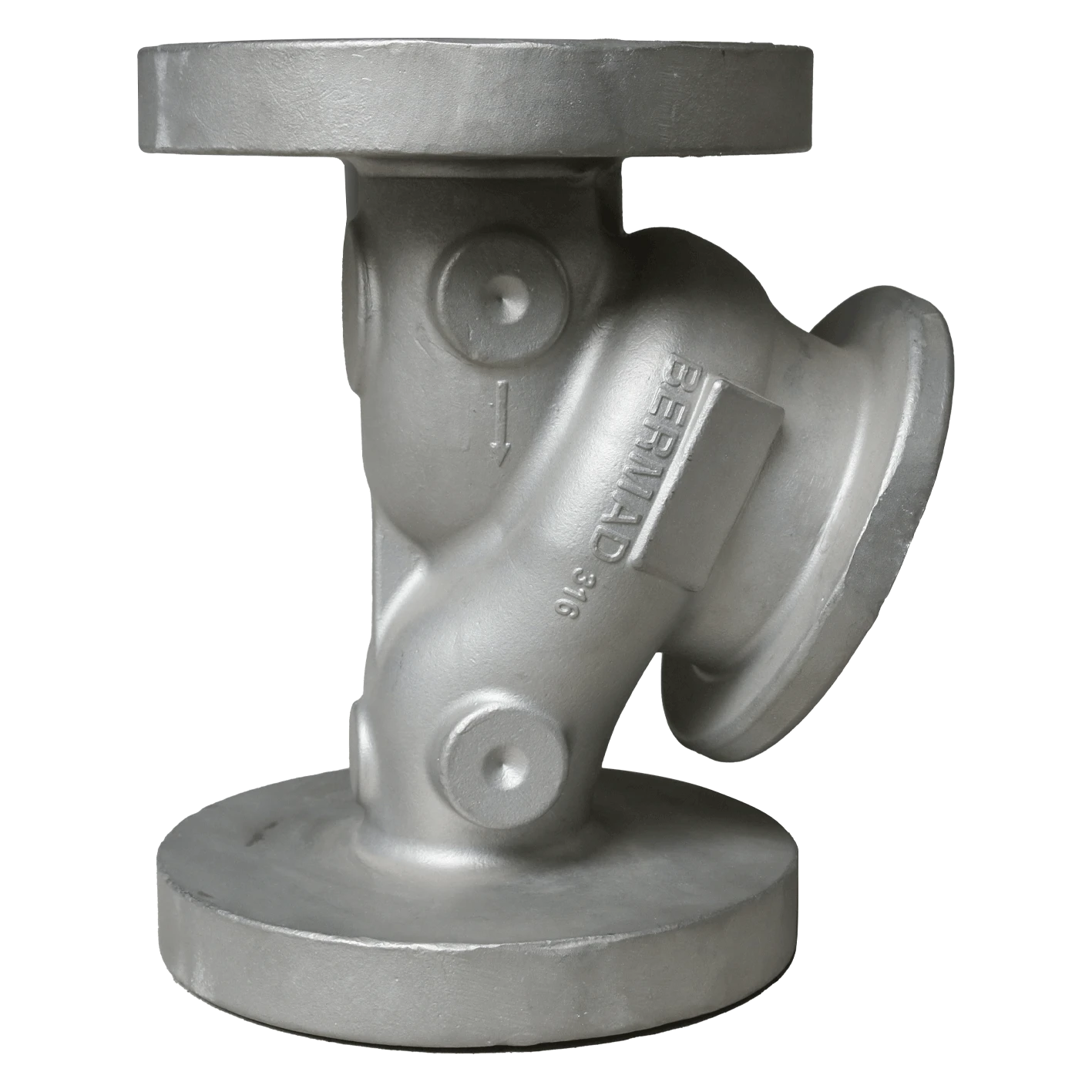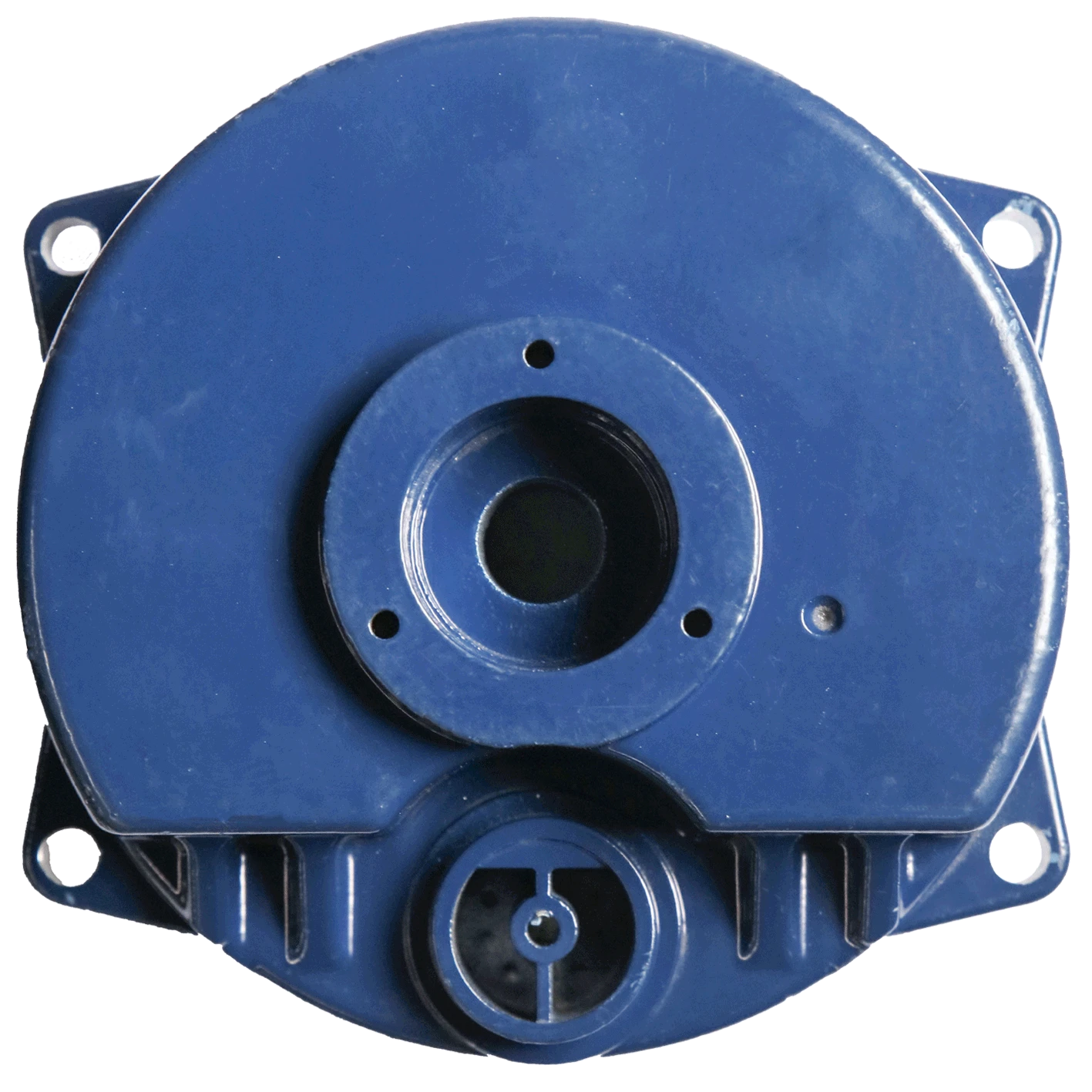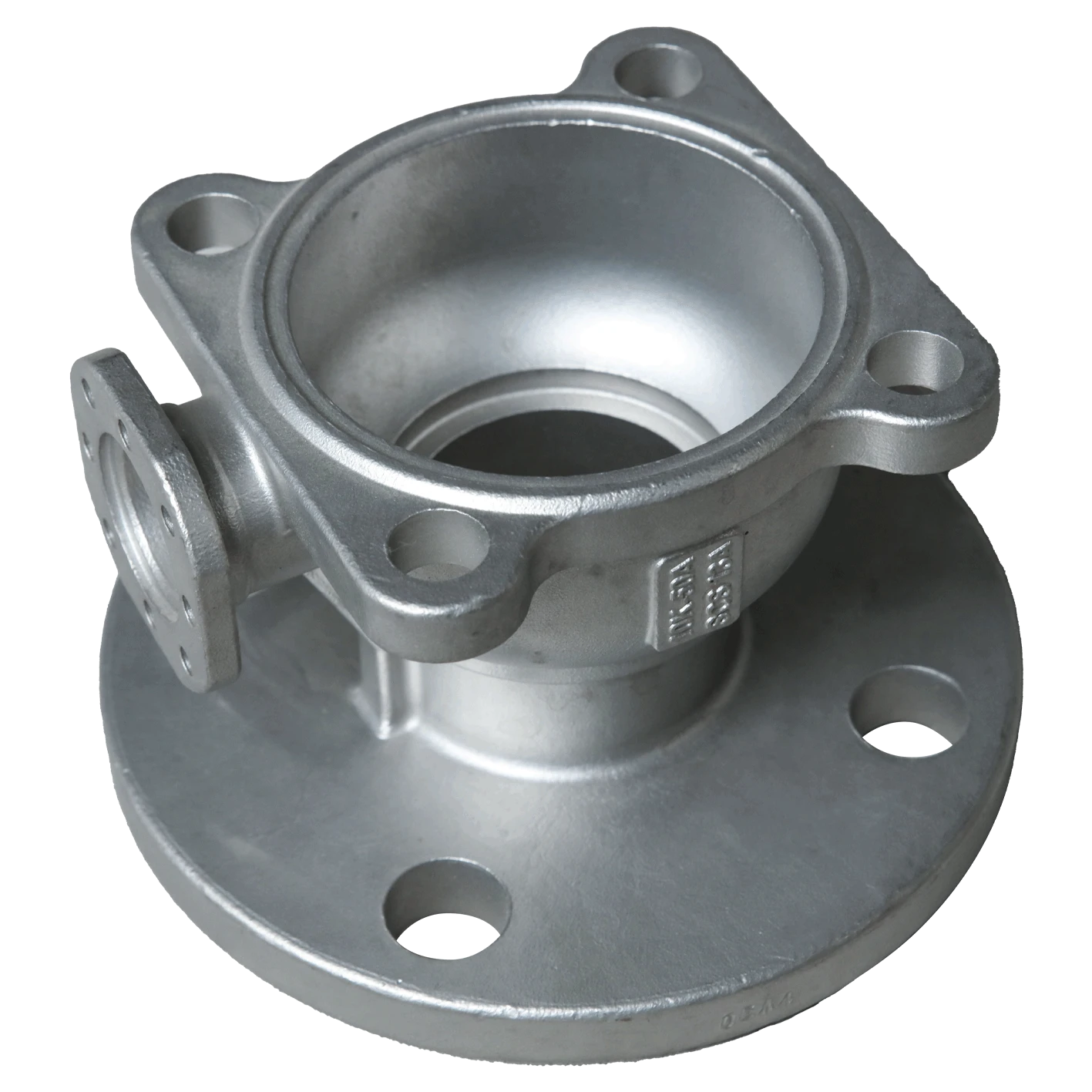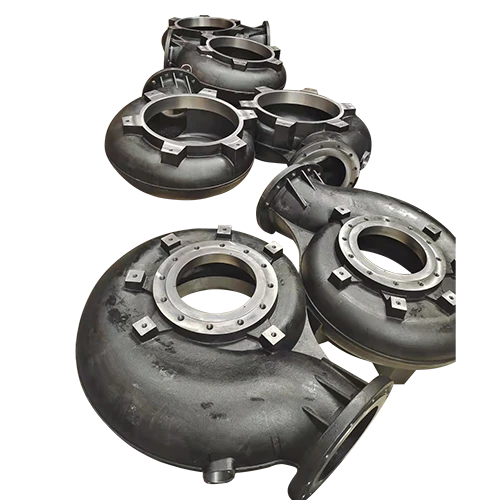Connector Sand Casting Overview
Connector sand casting is a type of connector part produced through the sand casting process. Sand casting is an old and widely used metal casting process that utilizes reusable sand molds to produce castings. Connector sand castings are usually made of non-ferrous metals such as aluminum, brass or zinc and have good electrical properties, mechanical properties and corrosion resistance.
Production process of connector sand casting The production process of connector sand casting usually includes the following steps: model making, sand mold making, melting and pouring, cooling and cleaning. First, the model is made according to the design drawing of the connector. Then, the model is used to make a sand mold in a sand box. Next, molten metal is poured into the sand mold and allowed to cool and solidify. Finally, the casting is removed from the sand mold and cleaned and machined.
Applications of Connector Sand Castings Connector sand castings are widely used in various electronic equipment, automotive, mechanical and aerospace applications. They play an important role in these fields, such as connecting circuits, transmitting signals and providing mechanical support.
Sand casting of crusher wear parts is still very common in China, such as jaws, high chrome plate hammer, crushing wall, rolling wall, etc., because in the crusher equipment, as a relatively large wear-resistant castings, relatively speaking, the accuracy is not very high, especially such as jaws, out of the finished product is almost no need for lathe grinding, crushing wall, rolling wall, roller skin and so on, but also only part of the casting needs to be lathed and polished, so it is particularly suitable for sand casting, because sand casting, because sand casting, because sand casting, sand casting is widely used in various electronic equipment, such as connecting circuits, transmission signals, and mechanical support, and aerospace. Suitable for sand casting, because sand casting of the jaw, high chrome plate hammer, crushing wall, rolling wall, roller skin and so on the wear parts of these crushing equipment than other products such as disappearance mold casting process more than 20% durable. But disappearance casting has high dimensional accuracy, small processing allowance, dry sand drop sand is convenient, cleaning and polishing workload reduced by more than 50%, saving labor costs, so the price of disappearance casting is relatively low.
Sand casting is a casting process, sand casting casting generally used by the outer sand and core combination. Because of the sand casting molding materials used in cheap and easy to get, casting manufacturing simple, single piece of casting production, batch production and mass production can be adapted to, for a long time, has been the basic process of casting production. At present, internationally, in all castings production, 60 to 70% of the castings are produced with sand, and about 70% of them are produced with clay sand.
The main reason is: sand casting compared to other casting methods of low cost, simple production process, short production cycle. So like the car's engine cylinder block, cylinder head, crankshaft and other castings are produced with clay wet sand process. When the wet type can not meet the requirements and then consider the use of clay sand table dry sand, dry sand or other sand. Clay wet sand casting casting weight can be from a few kilograms until dozens of kilograms, while the clay dry casting production can weigh tens of tons. Because of the above advantages of sand casting, its application in the foundry industry is becoming more and more widespread. In the future, it will play an increasingly important role in the foundry industry.


